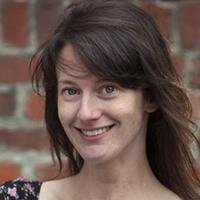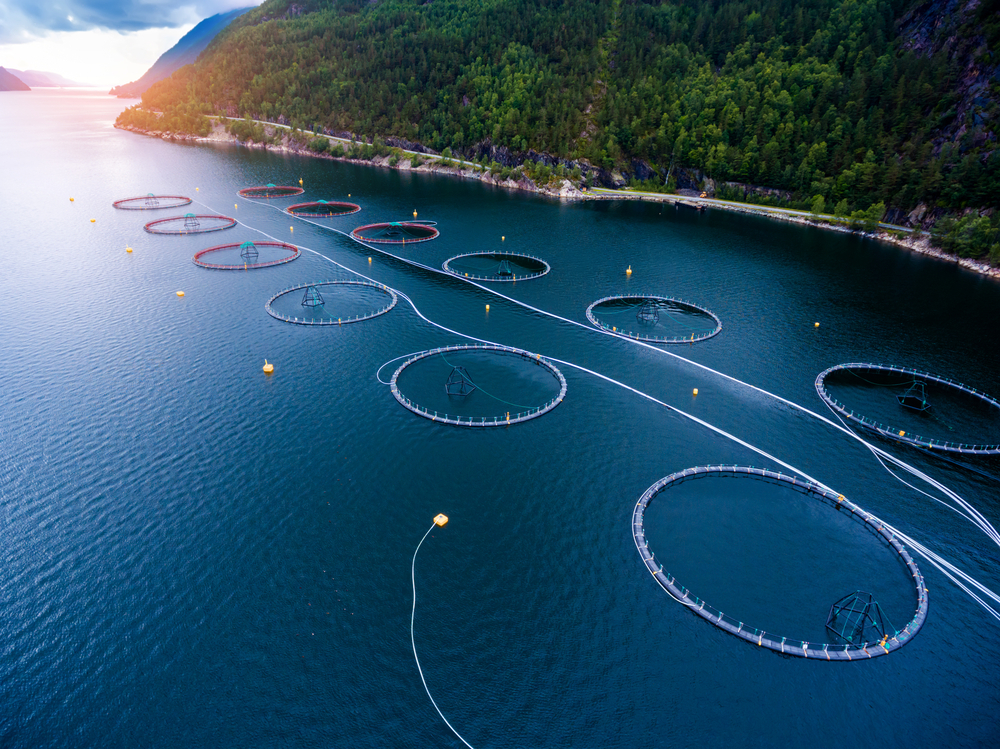Last month, more than 300,000 Atlantic salmon escaped from their floating farm into the Salish Sea, off Washington state, stoking the flames of a long-running dispute over the use of open-net pens. The state has already put a moratorium on new licenses for pens, while in British Columbia, First Nations have occupied a salmon farm near Alert Bay, demanding the fish farm operations move onto land.
Cooke Aquaculture, the company that owns the floating mesh cages that broke in Washington, blames the failure on unusually high tides stressing older equipment. But open-net pens have long been maligned by environmentalists. Critics charge that using open-net pens to raise fish increases the risk of diseases and non-native species mingling with wild populations. Industry representatives say the pens are safe — a stance supported by research. But there are known problems, such as outbreaks of pathogens like sea lice.
But the recent events in Washington raise the question: is there a better way to farm fish?
Aquaculture is a huge industry. In 2014, for the first time, more than half of all seafood consumed by humans came from fish farms, with salmon among the most farmed species. But aquaculture is also contentious — in large part because of the problems with existing open-net pens.
Yet Jeremy Dunn, executive director of the BC Salmon Farmers Association, says the industry is already starting to move away from open-net pens. While Dunn says 90 per cent of new investment globally is in variations on the technology, leading salmon-farming countries such as Norway are investing in hitherto unfeasible technologies, such as land-based tanks and recirculating aquaculture systems.
Norwegian company Marine Harvest, for example, has invested more than US$30-million in land-based aquaculture equipment to raise salmon on British Columbia’s Vancouver Island. The fish live in tanks for their first year, before being transferred to sea pens.
A farm owned by the ‘Namgis First Nation is raising salmon exclusively in land-based facilities, but has struggled to grow, a challenge for many similar projects.
“The reality,” says Dunn, “is that in the past 30 years... none of those facilities have really taken a foothold, and most have gone bankrupt.”
Moving from marine- to land-based or closed-containment aquaculture is a decidedly uphill battle. Terrestrial systems can cost several times as much as sea pens. Even though net-pen farms are restricted to suitable coastal sites, the ocean provides space and water, and free access to water circulation. On land, a similar arrangement may work on a small scale, but be prohibitively expensive on a commercial scale.
Land operations have hidden costs, too, says Tony Farrell, an animal physiologist at the University of British Columbia. Existing terrestrial operations take a lot of energy and produce a lot of greenhouse gases, he says. “They will get better,” he says, but the development of new technologies should proceed in a “positive, but cautious, way.”
There are proposals in the works for new, more complex marine aquaculture systems that leave the fish in the sea, but address some of the problems with sea pens. Some add a degree or two of separation: take “the egg,” for example, an aquaculture system designed to bob in the ocean and filter water. The egg is in the ocean, but is not open to it. In Hawaii, researchers are experimenting with designing offshore and open-ocean structures, opening up new areas to aquaculture beyond the narrow coastal margin where sea pens must currently go.
But whether any of these new methods of salmon aquaculture will scale up to help feed the billions of people on Earth who rely on fish and seafood for protein remains to be seen. Farrell says he’s a pragmatist. Aquaculture “must grow,” he says. “We’ve tapped agricultural land about as much as we can.” ![]()
Read more: Food, Environment
















Tyee Commenting Guidelines
Comments that violate guidelines risk being deleted, and violations may result in a temporary or permanent user ban. Maintain the spirit of good conversation to stay in the discussion.
*Please note The Tyee is not a forum for spreading misinformation about COVID-19, denying its existence or minimizing its risk to public health.
Do:
Do not: